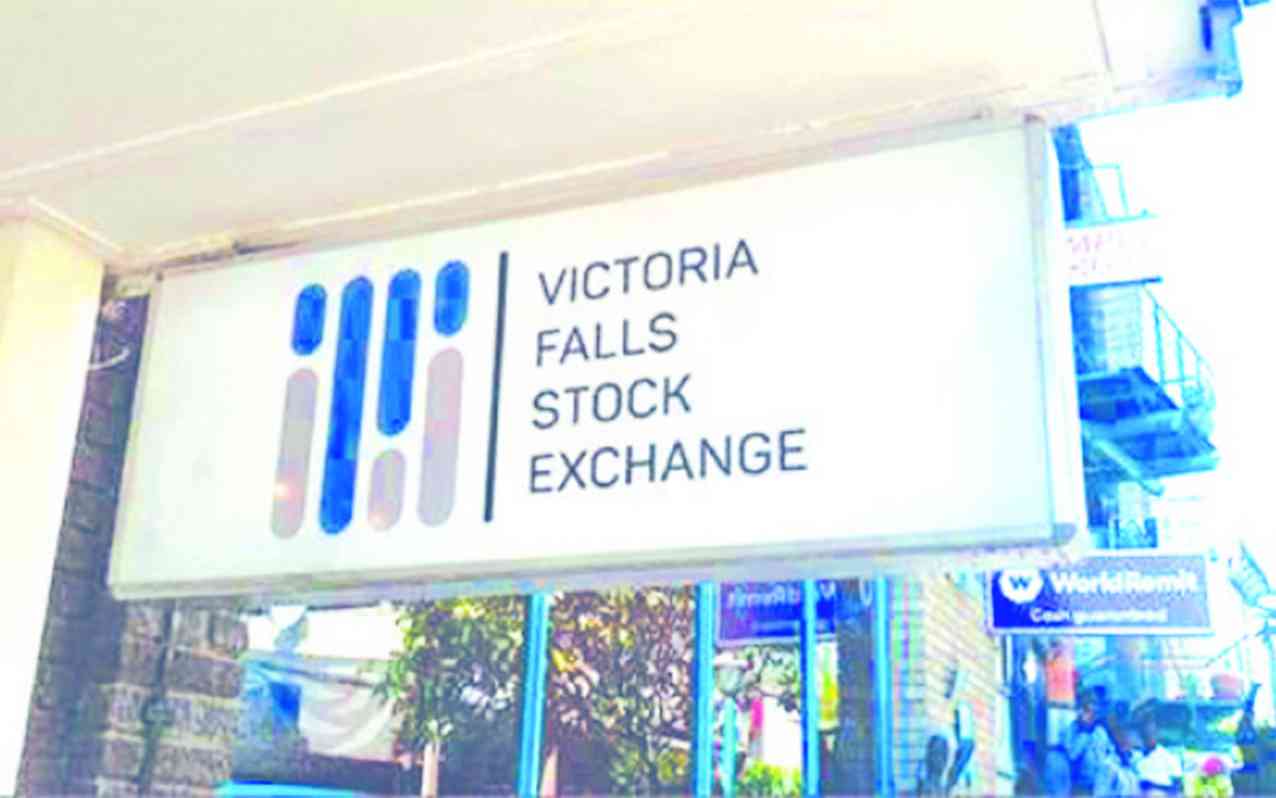
THE Victoria Falls Stock Exchange (VFEX), a subsidiary of the Zimbabwe Stock Exchange (ZSE) was established in 2020 to kick-start the Offshore Financial Services as a United States dollar (USD)-denominated bourse, operating within Victoria Falls special economic zone.
Before its commencement, trading on the ZSE was halted for a month before a green light for continuation was waived. Upon resumption, all counters resumed trading except for Old Mutual Limited, PPC Limited and Seed Co International.
Seed Co International was the first counter to list on the main board of VFEX, and trading on the USD bourse commenced in October 2020, four months after the ZSE’s suspension for fungibility concerns. Below is a table summarising the journey of listings on this bourse from inception to date.
The favourable environment for capital raise in USD, reduced trading costs, forex retention benefits and tax incentives attracted 15 listings over the past four years.
However, we saw the forex retention benefits being scrapped in October 2023. Interestingly, Edgars Stores and Invictus ZDR proceeded to list on this bourse in 2024 for the other remaining benefits.
Diaspora Kapita is also listing on the VFEX through a reverse takeover by buying a controlling stake in Bridgefort Capital, which was listed on the ZSE.
Early 2025, the VFEX is also likely to get new listings in the REITs space with the Pfuma REIT and Eagle REIT in the pipeline. The main question at this point, I suppose, revolves around whether the bourse is living up to its intended purpose or not.
This can be a right question currently, since National Foods is delisting from the VFEX after having migrated from the ZSE two years ago, envisaging to enjoy the benefits of its listing there. But to dissect the state of the bourse, let us dive into its trading performance and market capitalisation trends over the year.
- Stop clinging to decaying state firms
- Piggy's Trading Investing Tips: De-risking mining projects
- Chance to buy 'undervalued' counters: FBC
- Zimbabwe's capital markets collapse
Keep Reading
On average, monthly volumes, which exchanged hands
To Page 14
over the year do not surpass 20 million shares, with exceptions in February and July.
African Sun (50,7 million shares) and Zimplow (87 million shares) were outliers and once off trades that spiked volumes traded in February and July, respectively.
The average monthly value of shares traded is US$3,4 million against a total market capitalisation of around US$1,2 billion. Limited trading activity is one of the rationales behind National Foods’ exit, and counters that are fairly liquid are only Innscor and Simbisa.
Even for these two notable counters we would also want to probe into them to ascertain if investors stand a chance of making profitable trades.
Now let us look at the market capitalisation trends. Shall we?
The year commenced with the VFEX having a market cap of US$1,215 billion, and over the year, the end on month market capitalisation averaged US$1,234 billion. The peak market cap was experienced in September with African Sun, FCB and Innscor as top gainers and the lowest point was recorded in May when Simbisa led the losers list shedding away approximately US$25 million.
The number of trades reached its peak in July as investors’ participation had improved. During that period, there was a positive correlation between trades and an increment in market cap.
However, the growth momentum is usually short-lived for liquidity reasons. Few institutional investors are willing to buy shares on the VFEX, rather most investors often channel their funds in sectors, such as the real estate space since it guarantees absolute returns.
But well, it is not gloom and doom on the VFEX, we witnessed Karo mining being the first to raise about 37 million capital in bonds from the intended 50 million due to liquidity reasons.
Recently, the government reiterated its commitment to issuing a US$100 million bond on the VFEX to mobilise resources it needs to finance critical infrastructure projects. These are all positive steps towards creating a functional bond market locally.
To put into perspective, the global bond market is significantly bigger than the equities market, with market caps of approximately US$133 trillion and US$109 trillion, respectively.
Here is what we can walk away with, currently the VFEX offers benefits to investors, who are willing to obtain a stake in some of the listed counters and hold their portfolios for a couple of years.
Since the market capitalisation is mostly flat, there are limited opportunities for investors to utilise volatility in timing their buy and sell positions.
Counters that intend to list on the VFEX should also brace for liquidity issues and foresee how best they can preserve and multiply shareholders’ value since most investors end up becoming net sellers to simply exit the market and channel their focus elsewhere.
Interesting instruments are being introduced such as CFDs, and in my view for these derivatives to work as intended, the aspect of liquidity and volatility should be addressed first for traders to speculate on price movements of underlying assets such as stocks.
- Taimo is an investment analyst with a talent for writing about equities and addressing topical issues in local capital markets. He holds a First Class Degree in Finance and Banking from the University of Zimbabwe. He is an active member of the Investment Professionals of Zimbabwe community, pursuing the Chartered Financial Analyst charter designation.










